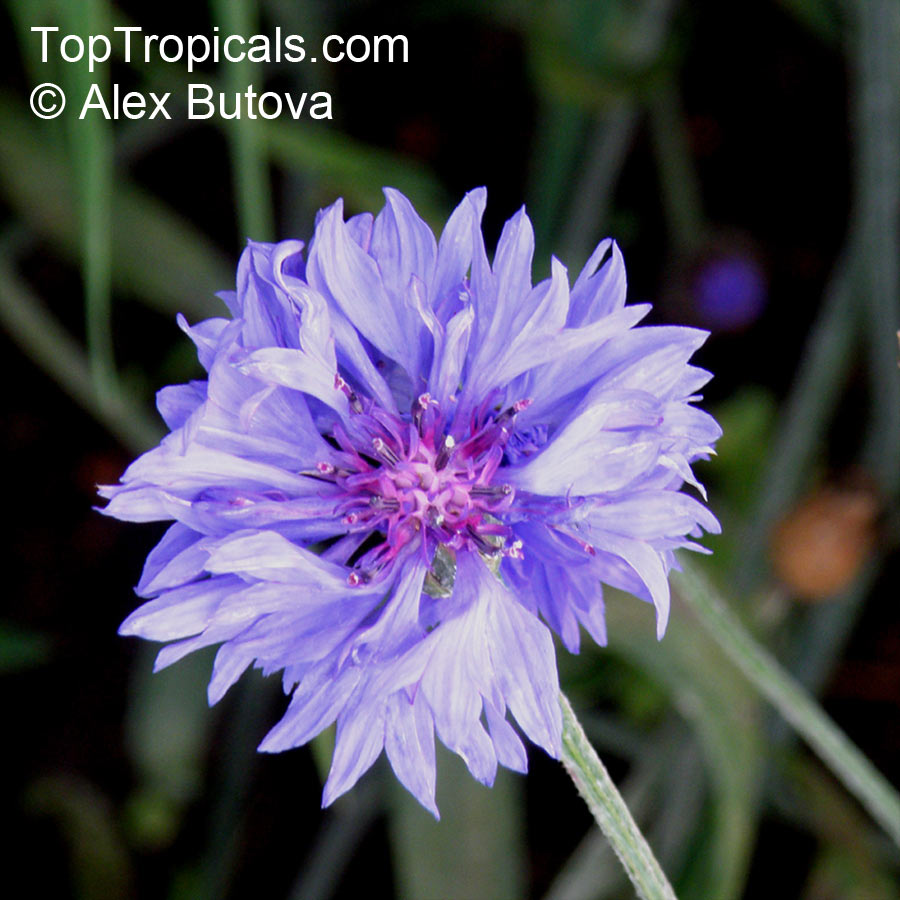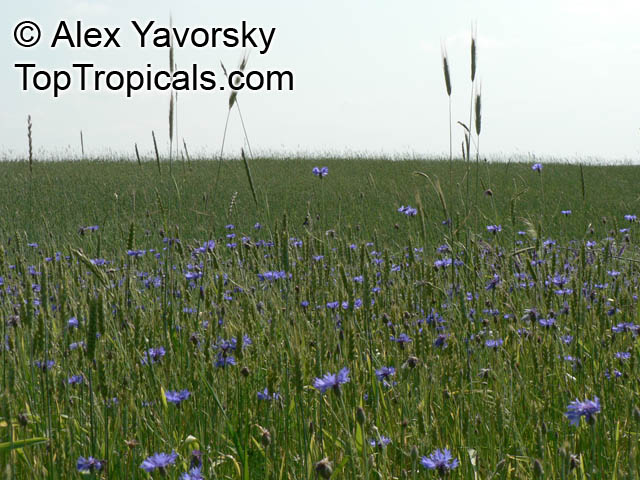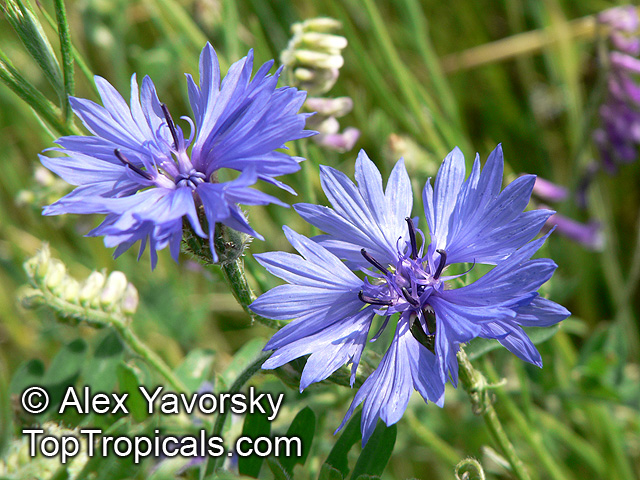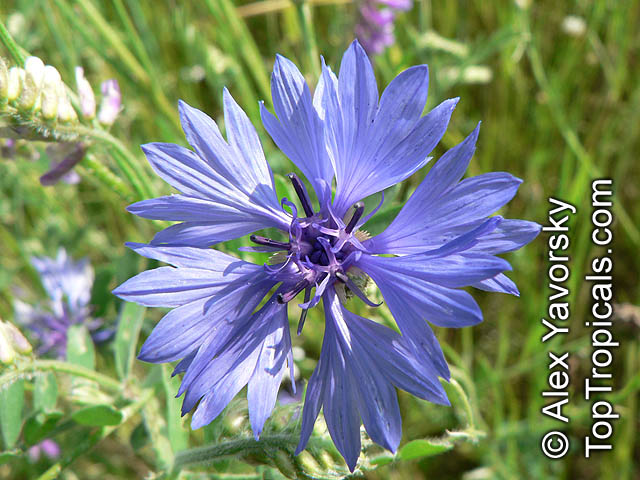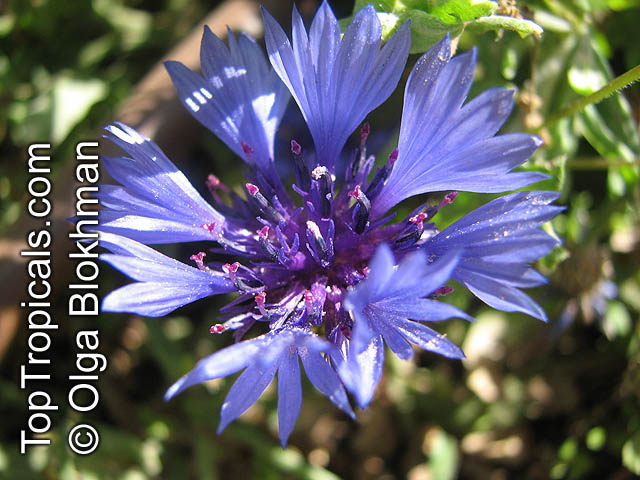Sea, Oats - Plant Encyclopedia Results
Top Tropicals Plant Encyclopedia
| Number of plants found: 2 |
Botanical name: Uniola paniculata
Common names: Sea Oats, Seaside Oats, Arana, Arroz de Costa
Family: Poaceae (Formerly:Poaceae / Gramineae)
Subfamily: Chloridoideae









Uniola paniculata is suitable for use as a groundcover and low-growing (2ft) grass. It prefers full sun and moderate amounts of water in dry conditions. With its ornamental foliage and mature plant cold hardy to at least the 30s F for a short time, it is a reliable trait for gardens in USDA Zone 6-11. It is also a great plant to choose for sea side locations, since it is salt and flood tolerant.
For successful growth, it is important to provide Uniola paniculata with appropriate care. Prepare the soil in advance, blending each two parts soil, two parts sand and one part compost to ensure good drainage. Water the soil thoroughly before planting and keep it moist, but not too wet. The soil should always be kept slightly moist, but never soggy. For cold regions, potting the plants in containers and bringing them indoors during the winter season is recommended to protect them from the cold temperatures. Fertilize the plant with an organic fertilizer once in the spring and once in mid-summer to sustain its growth. It has moderate pruning needs but most often done to maintain its attractive appearance. Be sure you always use clean shears and tools when pruning and dispose of all clippings.
Botanical name: Centaurea cyanus
Common names: Cornflower, Bachelor's Button, Bluebottle, Boutonniere Flower, Hurtsickle
Family: Asteraceae
Origin: Europe










Centaurea cyanus (Cornflower) is an attractive groundcover and low-growing perennial, reaching 2ft in height. This small shrub is easy to grow and is noted for its clusters of bright flowers from spring to autumn. It features 1 inch wide, white to off-white flowers with dark blue accents at the center. The blooms are attractive to butterflies, hummingbirds, and other pollinators, making it an ideal choice for a wildlife garden.
When planting Centaurea cyanus, it's important to choose a spot with full sun and moist, well-drained soil. This plant is drought-tolerant and appreciates moderate watering, so it's best to keep the soil evenly moist throughout the growing season. Centaurea cyanus is hardy in USDA zone 3-8
Cornflower is a plant that was commonly found growing as a weed in fields where grains such as wheat, barley, rye, or oats were grown. However, it is now endangered in its natural habitat due to agricultural intensification and the overuse of herbicides. Despite this, it has been naturalized in many parts of the world, including North America and parts of Australia. It is often grown as an ornamental plant in gardens, with various cultivars available in pastel colors including pink and purple. In the United States, it is also grown for the cut flower industry, with the most common color being a doubled blue variety. The seeds of this plant germinate quickly after planting.
Cornflower has a few practical uses as well. It is sometimes used as a culinary ornament and is valued for its blue pigment. It can also be found in certain tea blends and herbal teas. In herbalism, a decoction of cornflower is used to treat conjunctivitis and can be used as a wash for tired eyes.
In folklore, cornflowers were worn by young men in love. If the flower wilted too quickly, it was seen as a sign that the man's love was not returned. The blue cornflower has been the national flower of Estonia since 1968 and symbolizes daily bread to Estonians. It is also the symbol of the Finnish and Swedish political parties and has been a symbol of social liberalism in Sweden since the early 20th century. The blue cornflower is also one of the national flowers of Germany.
Use link to repeat this search:
https://toptropicals.com/cgi-bin/garden_catalog/cat.cgi?find=Sea Oats&search_op=and&keyword_op=and&language=e&number=10
&no_change_lang=1&user=tt&sale=1&first=0

